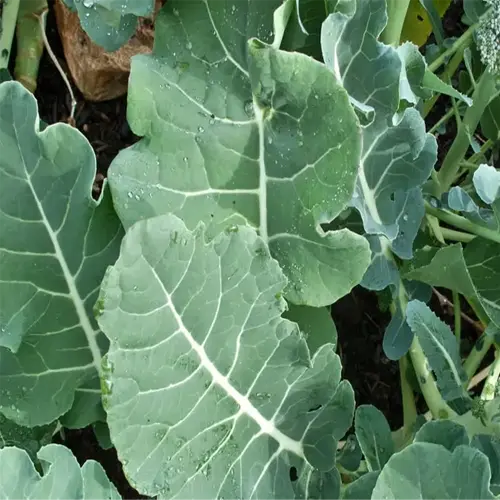Can I grow Brussels sprouts in containers?

Written by
Olivia Mitchell
Reviewed by
Prof. Samuel Fitzgerald, Ph.D.Brussels sprouts grown in pots can flourish with some forethought. I've fostered ‘Oliver' dwarf varieties on my urban balcony for years. The difference? You want to use 10-gallon pots to prevent the root ball from becoming root-bound. My first attempt with standard 5-gallon buckets resulted in stunted plants that reached all of 18 inches. Upgrade your pot size first.
Container Selection
- Choose 12-16 inch depth for taproot development
- Ensure drainage holes prevent waterlogging
- Black plastic pots heat soil faster in cool climates
Sun & Water Management
- Rotate pots daily for even sun exposure
- Water twice daily during 85°F+ heat waves
- Use saucers to maintain humidity in dry regions
Support Systems
- Install 4-foot stakes at transplanting
- Tie stems with soft garden tape weekly
- Cage systems outperform single stakes in wind
Container success relies on soil mix. I combine 40% peat moss, 30% compost, 20% perlite, and 10% worm castings. The combination retains moisture without saturating roots. My worst crop came from store-bought soil mix, and the salts from synthetic fertilizers torched the tiny feeder roots.
Feed your container sprouts with 3-4-4 NPK liquid fish emulsion every 14 days. Heavy-feeding vegetables need food! Last summer, I tried spraying my veggies with kelp every week, and it helped frost tolerance! I had plants that survived 24°F nights while unprotected plants froze. This is one of the winning moments for container gardeners in winter.
Managing pest control becomes more manageable in containers. I can dunk potted plants into soapy water; this kills aphids on the leaves. This doubtful idea won't work with plants in the ground. Companion diseases thyme in the adjacent pots; the scent of thyme covers the smell of sprouting plants from cabbage moths. At dusk, I spray neem oil on leaves to keep them pest-free without using pesticides.
Read the full article: How to Grow Brussels Sprouts: Pro Tips for Big Harvests

